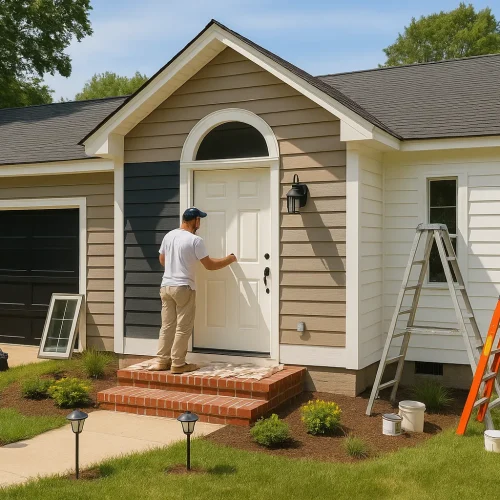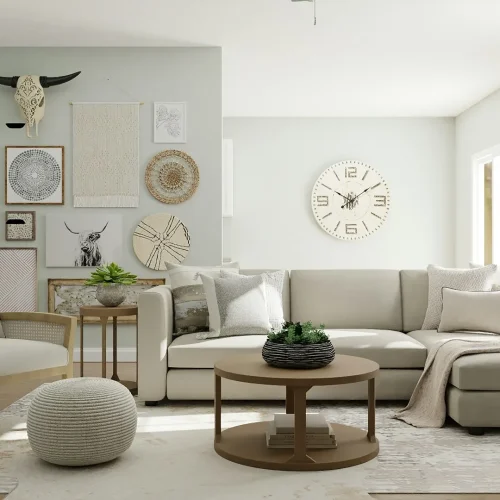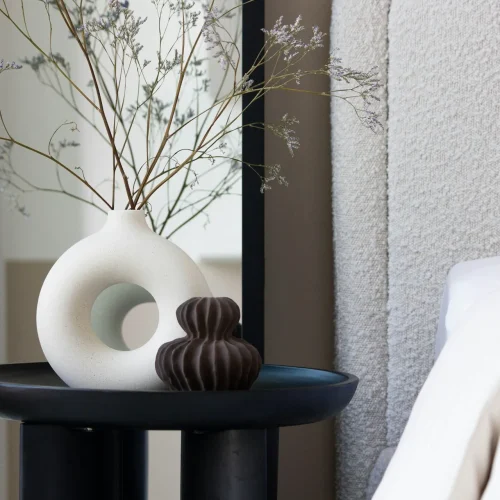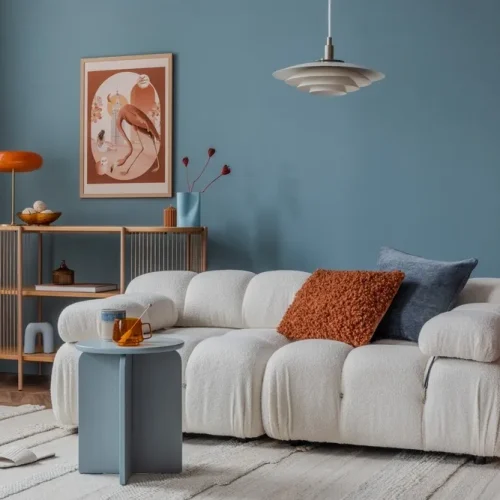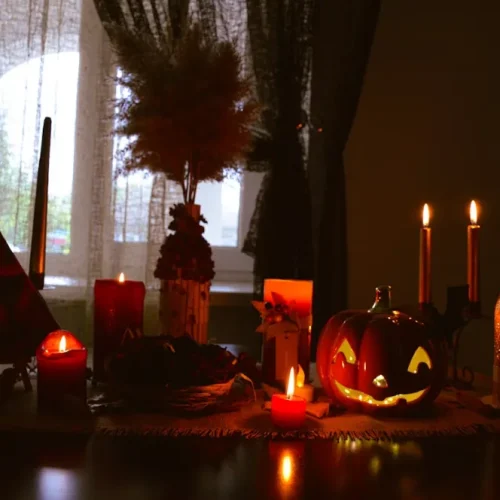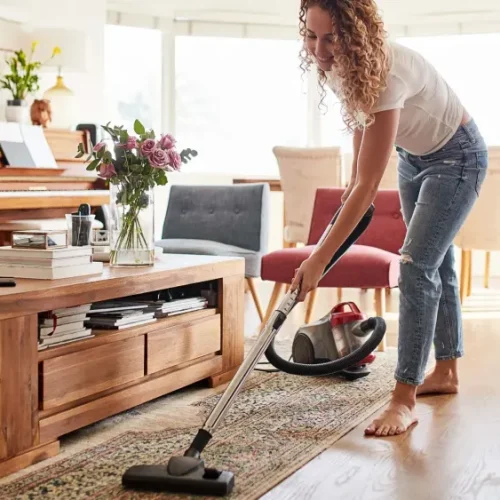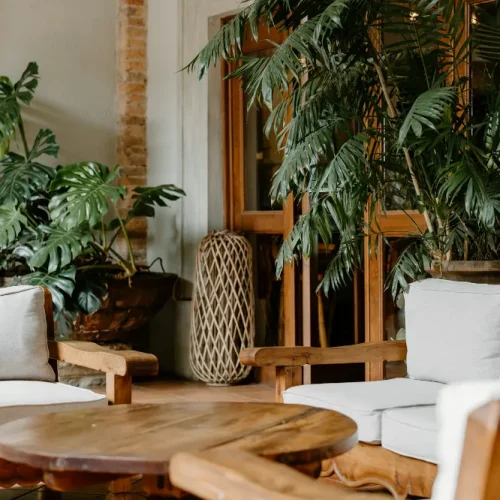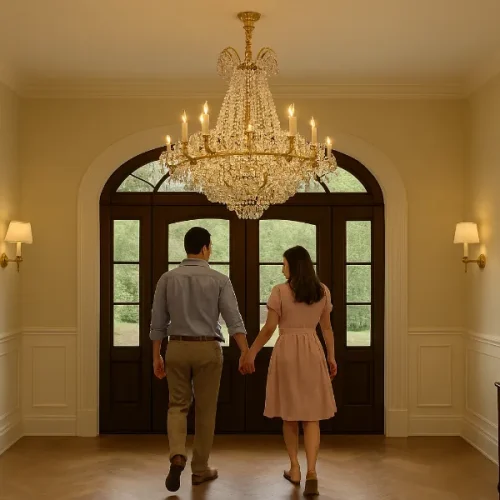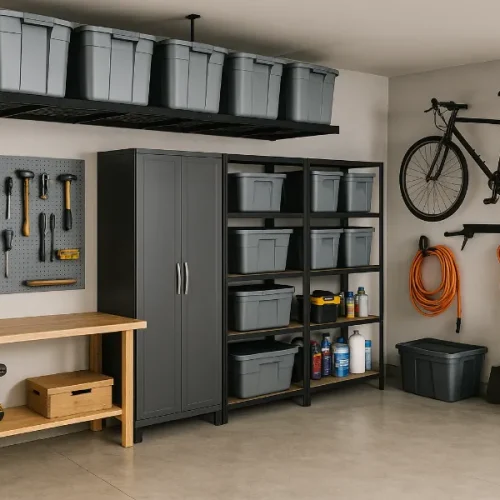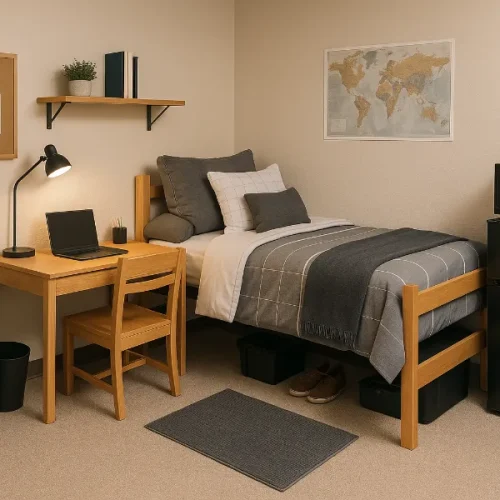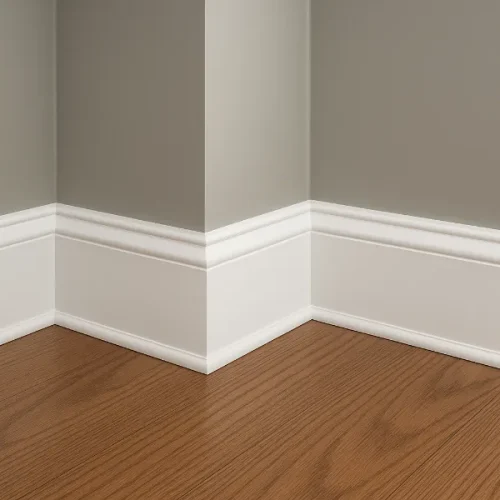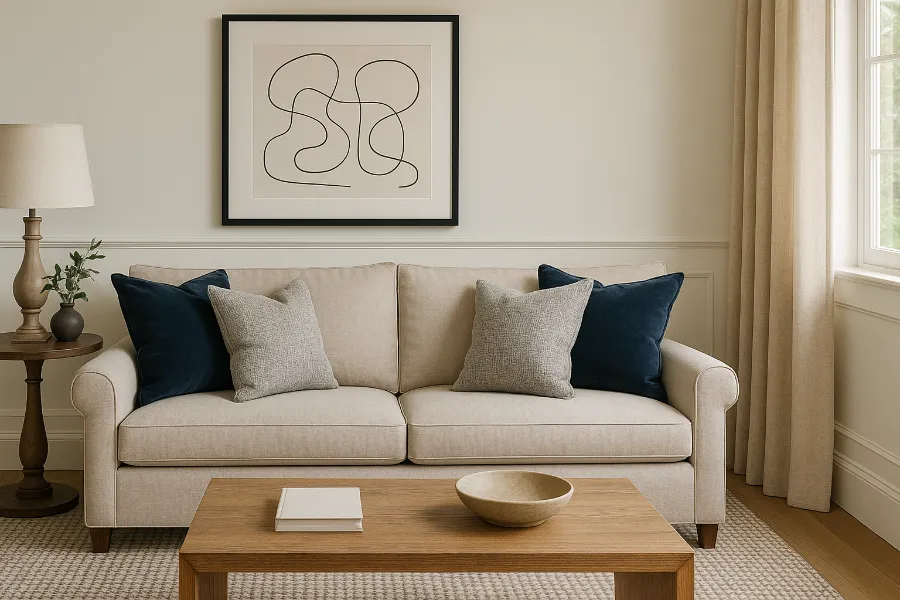
When it comes to creating a home that feels inviting and looks spectacular, the details make all the difference. And one of the most powerful design elements at your disposal is fabric. The best fabrics for home interiors can transform an ordinary space into a showcase of comfort, luxury, and personality. From plush velvets and breezy linens to sustainable options like hemp and organic cotton, fabric isn’t just about covering furniture — it’s about creating a mood, telling a story, and making your home functional for everyday life.
Whether you’re redecorating a single room or planning a full-scale renovation, knowing how to choose the right fabrics is a design skill worth mastering. This guide breaks down the most important factors, the top fabric choices, and practical advice for every corner of your home.
Why Fabric Selection Matters in Interior Design
Fabric isn’t just decorative; it sets the tone for how a room feels. Soft chenille on a sofa encourages lounging, while crisp linen drapes evoke a breezy, minimalist mood. Choosing wisely ensures that your furniture not only looks beautiful but also stands up to daily life.
Key reasons why fabric matters:
- Atmosphere: Texture and color instantly influence mood.
- Functionality: The right fabric adds comfort and supports how you use the room.
- Durability: Quality fabrics withstand wear and tear from pets, kids, or heavy use.
- Style Cohesion: Proper fabric choices tie together furniture, curtains, and accessories for a unified design.
In short, the best fabrics for home interiors elevate both form and function.
Factors to Consider When Choosing the Best Fabrics for Home Interiors
Before diving into fabric types, keep these essentials in mind:
Durability
Pay attention to the rub count or “double rubs” score, which measures how much wear fabric can handle before showing signs of aging. For family-friendly living rooms, aim for 25,000+ double rubs.
Intended Use
Ask yourself: Will this fabric go on a sofa used daily, or an accent chair that’s more decorative? High-traffic pieces need tougher textiles like performance fabrics or leather, while delicate fabrics such as silk should be reserved for formal spaces.
Cleaning & Maintenance
Some fabrics, like velvet and silk, demand professional cleaning. Others, such as cotton or microfiber, can be machine-washed or easily spot-cleaned. Consider your lifestyle before falling in love with a fabric’s look.
Sunlight & Fading
Rooms flooded with natural light can fade fabrics over time. Choose fade-resistant textiles for sun-drenched spaces or opt for lighter colors where fading will be less noticeable.
Aesthetic & Texture
Fabrics are tactile. Mixing textures — like pairing smooth leather with chunky boucle — adds visual depth and comfort. Always bring fabric swatches home to see how they look under your lighting.
The Best Fabrics for Different Rooms in Your Home
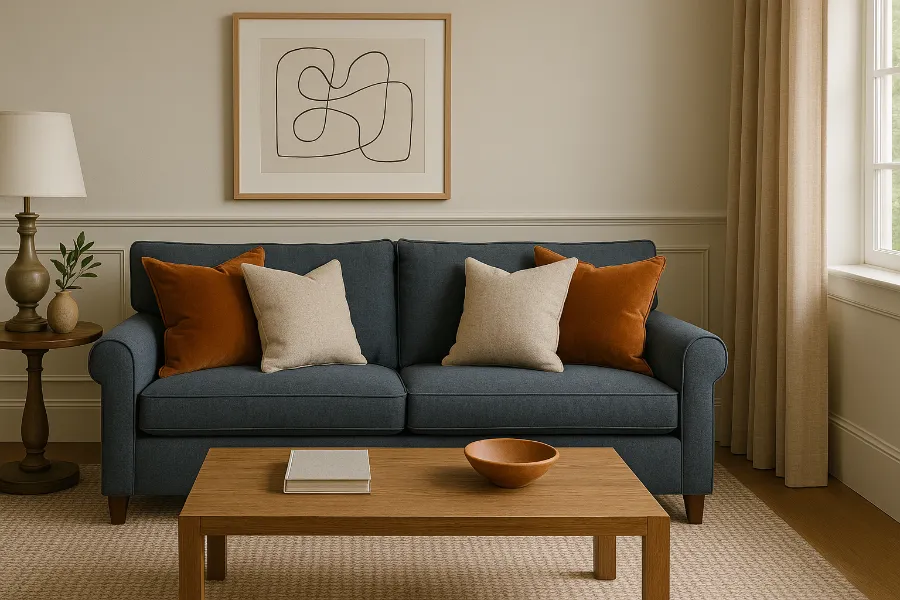
Living Room
- Velvet: Luxurious and timeless, perfect for sofas and statement chairs.
- Linen Blends: Casual yet elegant, ideal for curtains and slipcovers.
- Performance Fabrics: Stain- and spill-resistant options for family use.
Bedroom
- Cotton: Breathable and comfortable for bedding.
- Silk: Adds a touch of glamour for duvet covers and pillowcases.
- Linen: Lightweight and natural, perfect for airy, relaxed bedrooms.
Dining Room
- Leather or Faux Leather: Durable and easy to wipe clean, great for dining chairs.
- Chenille: Soft and textural, a cozy choice for upholstered banquettes.
Outdoor Spaces
- Canvas: Strong and weather-resistant.
- Recycled Polyester: Eco-friendly and resilient against moisture and fading.
Understanding the Most Popular Fabric Types
Here’s a breakdown of top contenders when choosing the best fabrics for home interiors:
Cotton
- Pros: Breathable, soft, versatile.
- Cons: Prone to wrinkling and stains.
- Best For: Bedding, casual slipcovers, and everyday upholstery.
Linen
- Pros: Lightweight, airy, eco-friendly.
- Cons: Wrinkles easily, less durable for heavy traffic.
- Best For: Curtains, relaxed seating, summer bedding.
Velvet
- Pros: Luxurious, dramatic texture, rich color depth.
- Cons: Can be delicate, attracts dust.
- Best For: Sofas, drapes, accent cushions.
Leather
- Pros: Durable, wipeable, ages beautifully.
- Cons: Can feel cold, higher cost.
- Best For: Dining chairs, sofas, and family-friendly spaces.
Silk
- Pros: Elegant sheen, soft drape, timeless appeal.
- Cons: Requires professional cleaning, fragile.
- Best For: Drapes, formal upholstery, decorative pillows.
Wool & Wool Blends
- Pros: Warm, soft, excellent for rugs and throws.
- Cons: Can be itchy, requires care.
- Best For: Area rugs, blankets, and durable upholstery.
Sustainable Fabrics (Hemp, Organic Cotton, Recycled Polyester)
- Pros: Eco-friendly, durable, growing in popularity.
- Cons: Sometimes costlier, limited availability.
- Best For: Upholstery, curtains, and eco-conscious homes.
Sustainable Choices for Modern Interiors
Sustainability isn’t a passing trend; it’s the future of fabric. Eco-conscious homeowners are gravitating toward:
- Organic Cotton: Free from harmful chemicals.
- Hemp: Strong, biodegradable, naturally pest-resistant.
- Recycled Polyester: Converts plastic waste into functional fabric.
- Vegan Leather: Made from mushrooms, cactus, or pineapple leaves.
Blending sustainability with style ensures your interior design choices are kind to both your home and the planet.
Mixing & Matching Fabrics for a Cohesive Look
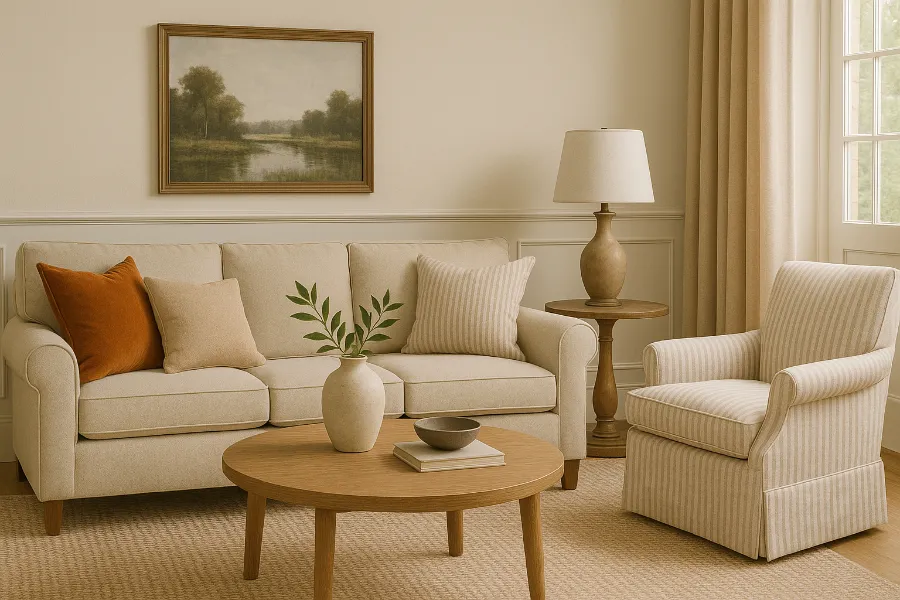
When combining fabrics, follow these steps:
- Start with a Color Palette: Use complementary or contrasting tones.
- Vary the Scale of Patterns: Balance bold florals with subtle stripes or solids.
- Play with Texture: Combine smooth fabrics (satin, silk) with rougher ones (linen, wool).
- Use a Unifying Element: Repeat one texture or color throughout the room.
This approach ensures that your fabric choices feel curated rather than chaotic.
Top Fabric Trends for 2025
Design pros and textile brands point toward these trends shaping interiors now:
- Earthy Hues: Sage greens, terracotta, and warm neutrals dominate.
- Expressive Patterns: Bold florals, geometric prints, and heritage motifs.
- Bouclé & Chunky Textures: Adding tactile richness to modern spaces.
- Sustainable Fabrics: Eco-friendly performance textiles are here to stay.
- Vintage Revival: Retro velvets and damask patterns making a comeback.
Staying ahead of these trends ensures your home feels stylish and relevant.
Practical Tips for Choosing Fabrics
- Always test fabric swatches in your home before purchasing.
- Match durability to the room’s purpose.
- Consider seasonal changes — lightweight linens for summer, cozy wools for winter.
- Don’t be afraid to layer fabrics for depth and comfort.
Conclusion
Choosing the best fabrics for home interiors is about more than picking what looks good in a showroom. It’s about finding the right balance between beauty, practicality, and personality. Whether you fall in love with velvet’s drama, linen’s breathability, or sustainable hemp’s eco-appeal, the right fabric can define how you experience your home every day.
When chosen thoughtfully, fabrics bring your interiors to life — elevating your space, creating comfort, and reflecting your unique taste. So, the next time you’re redecorating, let fabric lead the way.


